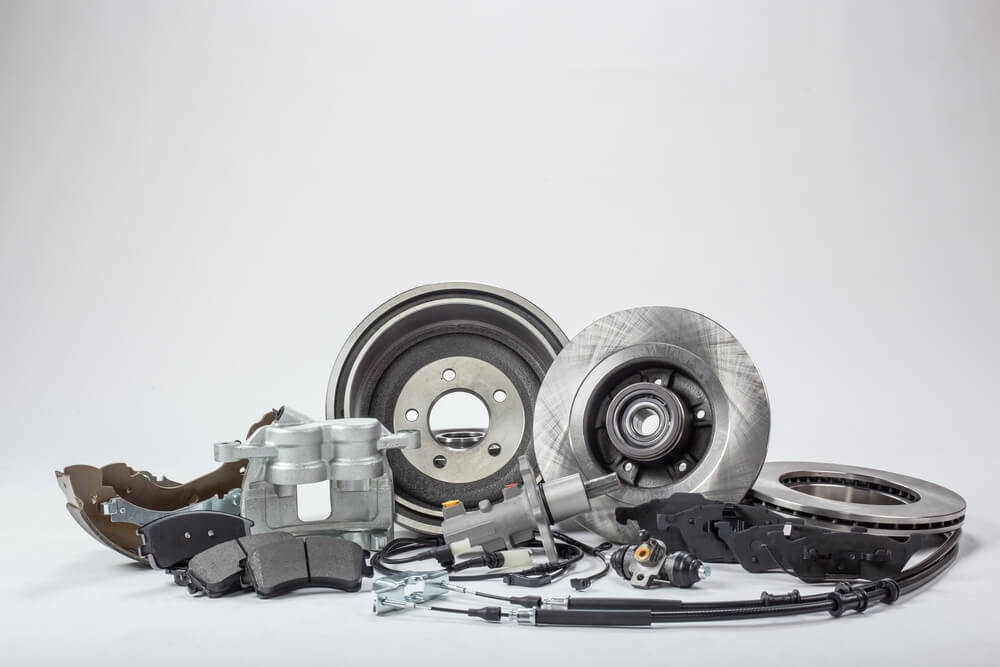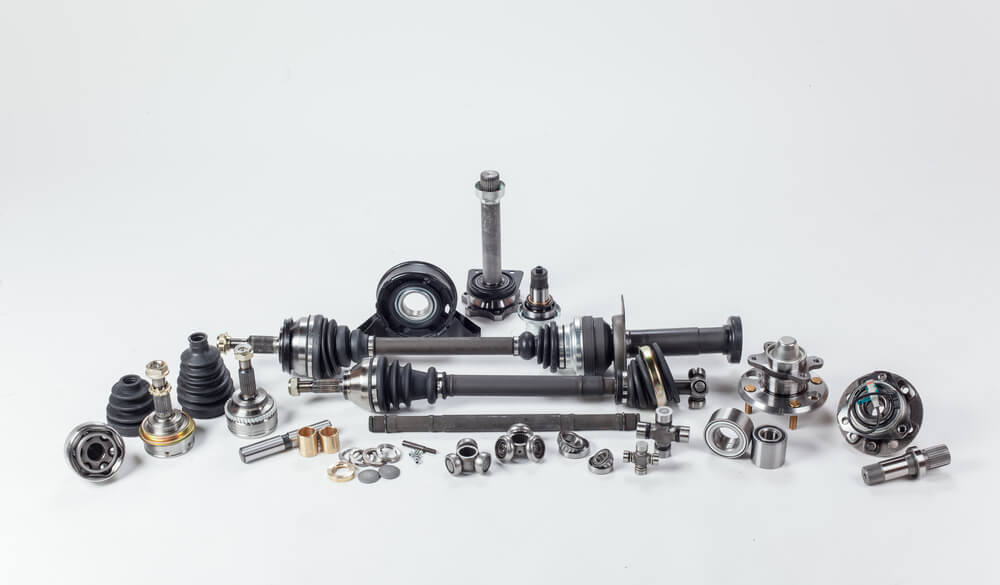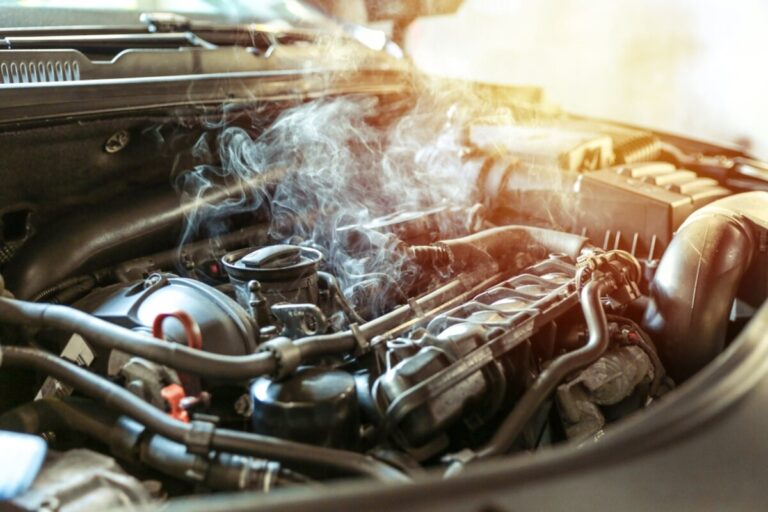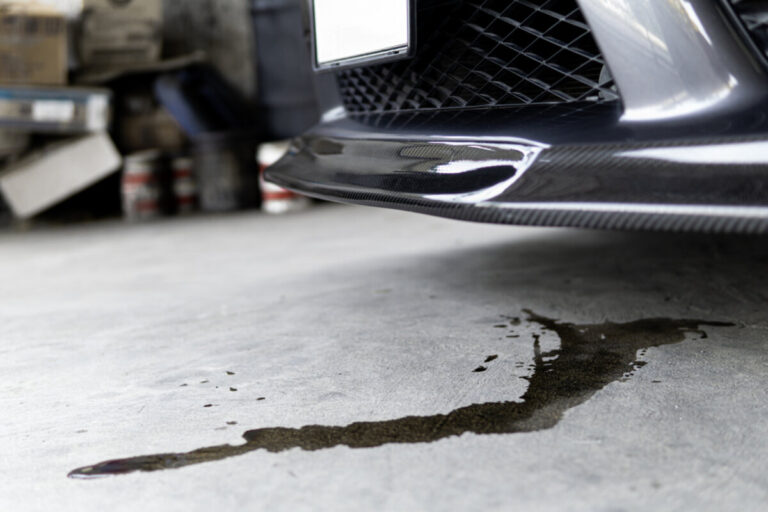When it comes to vehicle maintenance, using Original Equipment Manufacturer (OEM) auto parts is essential for safety and performance. However, the market is awash with counterfeit components that can compromise your vehicle. In this article, we will explain how to discern genuine OEM parts from imitations, ensuring you make informed decisions for your vehicle’s upkeep.
Understanding the Basics of OEM Auto Parts

OEM parts are integral to your vehicle’s performance, mirroring the quality and specifications of the original components. Using these parts ensures that your vehicle runs as the manufacturer intended. On the other hand, counterfeit parts can lead to decreased performance and potential safety hazards.
The Importance of Genuine OEM Parts
Original Equipment Manufacturer (OEM) parts are specifically designed for your vehicle, providing reliability and optimal performance. They are crucial for maintaining your vehicle’s warranty and resale value. By choosing genuine OEM parts, you’re investing in the longevity and safety of your vehicle.
The Risks of Counterfeit Parts
Counterfeit auto parts often come at a lower price but at the cost of quality and safety. These inferior parts can result in unexpected breakdowns, reduced vehicle efficiency, and even dangerous driving conditions. It’s vital to recognize these risks and avoid counterfeit parts for your vehicle’s well-being.
Key Indicators to Identify Counterfeit OEM Auto Parts
Identifying counterfeit auto parts can be challenging, but knowing what to look for can save you from costly mistakes. Paying attention to branding, labeling, and the part’s origin can help you determine its authenticity.
Branding and Manufacturer Credibility
Genuine OEM parts are typically manufactured by well-known and trusted companies. Brands like Siemens, Bosch, NGK, and Mann-Hummel are synonymous with quality and are often used in European vehicles like a BMW or Porsche. Counterfeits, however, may lack these reputable brands or misuse their logos.
Country of Origin and Labeling
The manufacturing origin and labeling of a part are crucial clues to its authenticity. Many counterfeit parts are produced in countries not typically associated with the original manufacturers. Look for clear, accurate labeling that matches the known manufacturers’ standards.
Practical Steps to Avoid Falling for Counterfeit Auto Parts
Ensuring you purchase genuine OEM parts involves a bit of vigilance and knowledge. By understanding where to buy and what to look for, you can significantly reduce the risk of acquiring counterfeit parts.
Verifying Through Authorized Dealers
Purchasing parts from authorized dealers or directly from the manufacturer is one of the most reliable ways to ensure authenticity. These sources provide parts specifically designed for your vehicle, reducing the risk of encountering counterfeits.
Understanding Pricing and Quality
While it might be tempting to opt for cheaper parts, remember that genuine OEM parts are priced to reflect their quality and safety standards. Extremely low prices can be indicative of counterfeit products, so it’s important to weigh the cost against the potential risks.
Conclusion

Ensuring the integrity and safety of your vehicle hinges on your ability to discern between genuine and counterfeit OEM auto parts. Equipped with the insights shared in this article, you are now better prepared to navigate the market, make informed choices, and safeguard your vehicle from the hazards of counterfeit components.
Should you require any further advice or have questions, contact Euroworx today. We are here to help!



